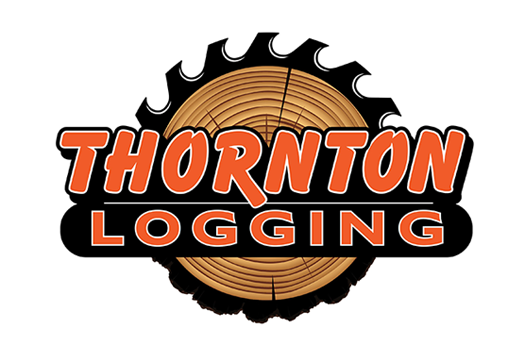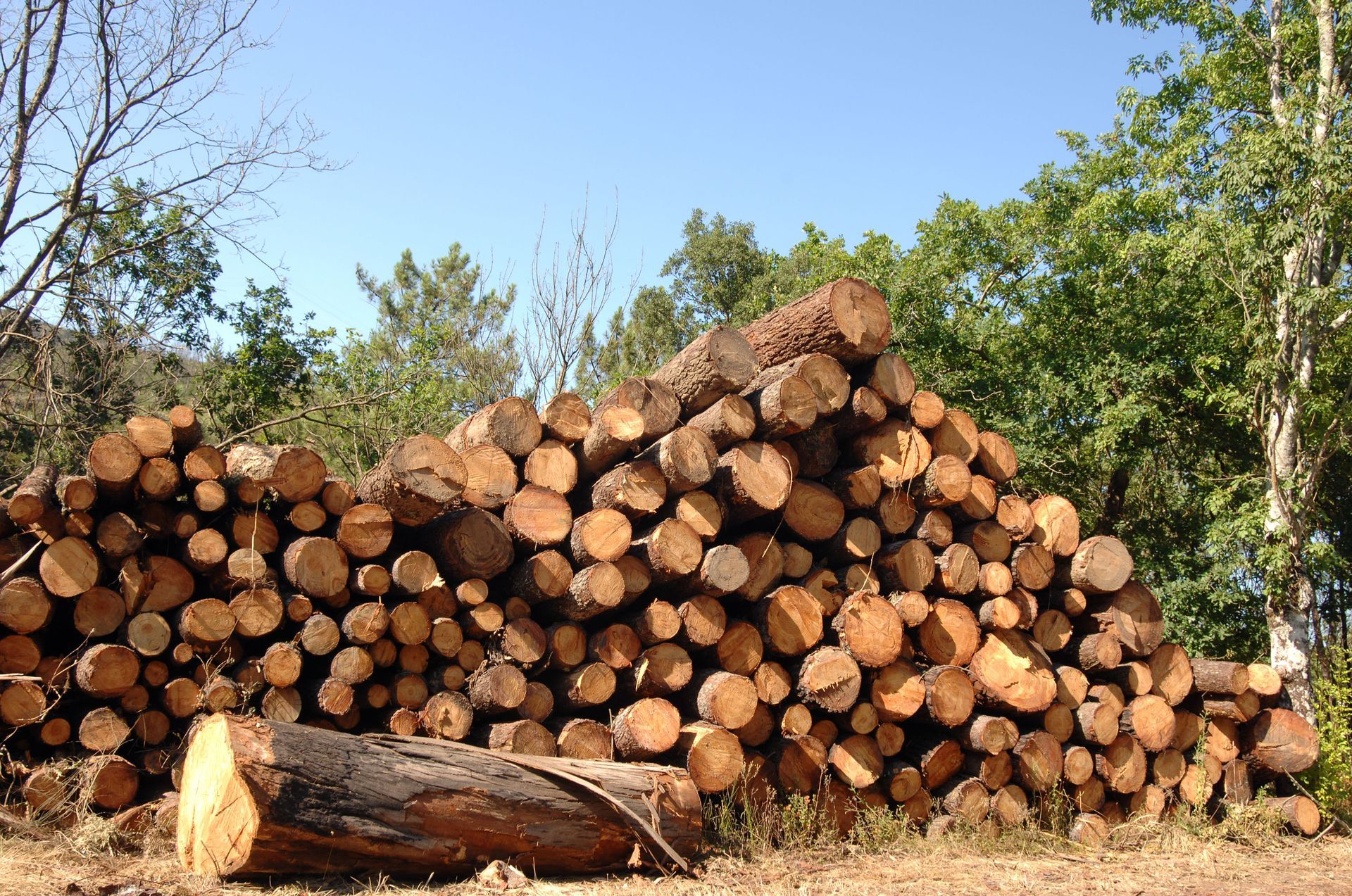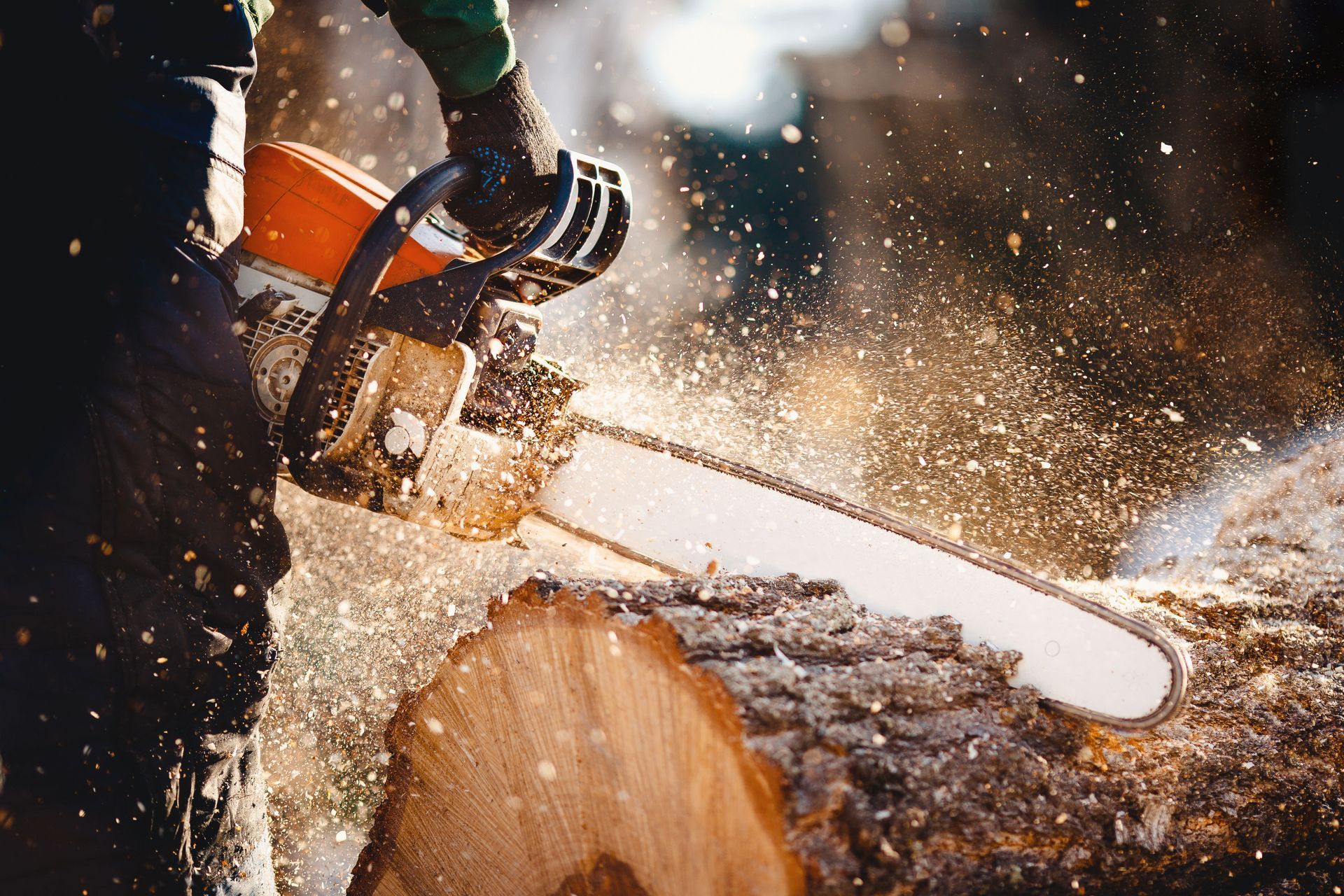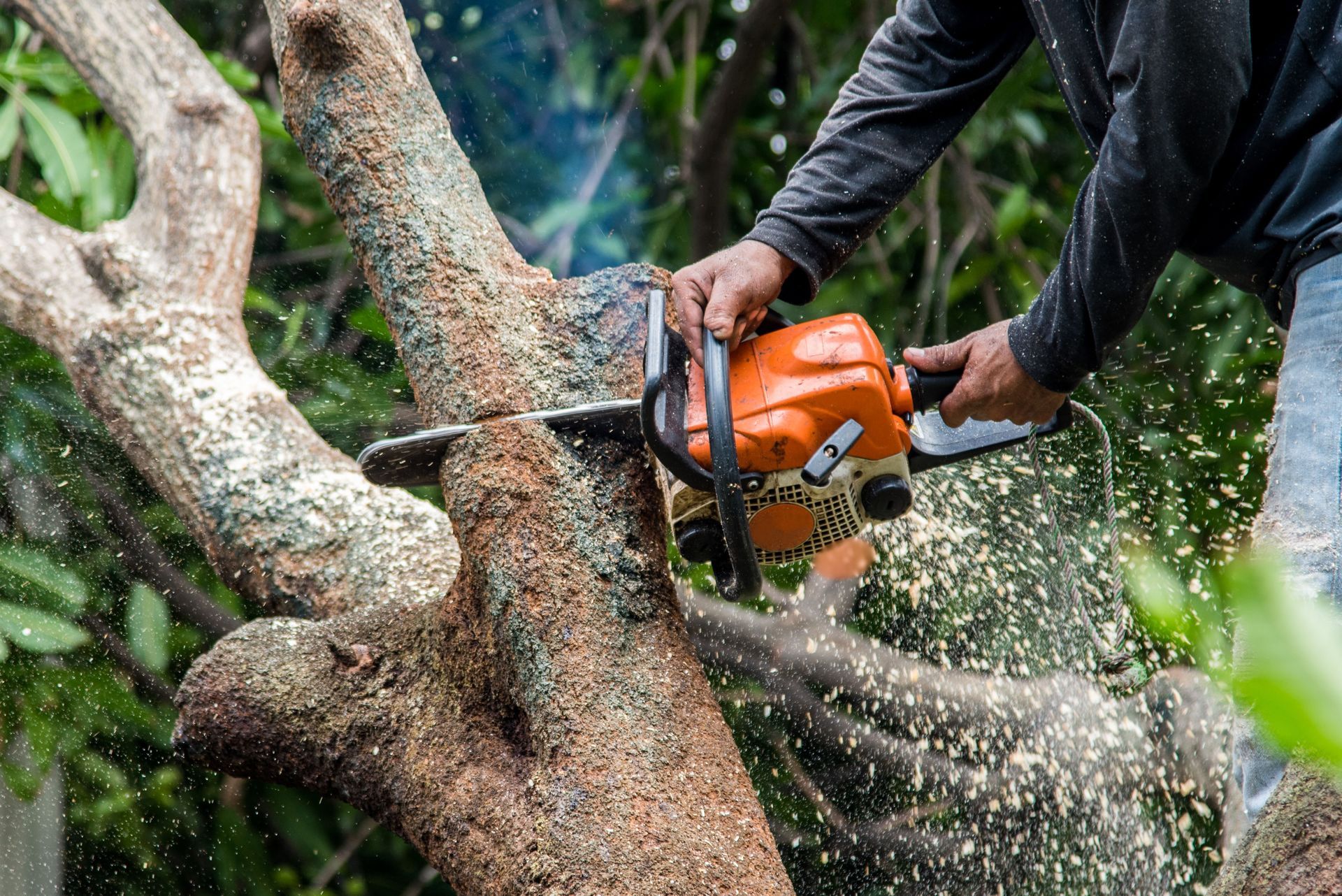September 4, 2025
Understanding the types of wood in your woodlot is vital for evaluating its value and potential revenue. The dichotomy between hardwood and softwood, while simple on the surface, encompasses a complex array of biological, economic, and ecological factors. This article delves into these differences, exploring how each wood type impacts the economic worth of a forested property. By examining growth patterns, market demand, and environmental contributions, landowners can make informed decisions that align with their financial and environmental goals. Assessing these elements will highlight the strategic opportunities available for managing woodlots effectively and attracting a qualified timber buyer.
Price Fluctuations and Trends
The economic value of hardwood versus softwood is significantly influenced by market trends and price fluctuations. Hardwood typically commands higher prices due to its superior aesthetics and durability, often an asset in premium markets such as luxury furniture and specialty millwork. However, economic downturns can reduce demand for high-end hardwood products, prompting price stabilization across broader markets. Conversely, softwood, with its broad utility in construction and paper industries, often sees less volatile demand but is susceptible to fluctuations based on global economic conditions and policymaking initiatives. Navigating these trends requires an understanding of cyclical market forces that can unpredictably influence valuation, which is critical for negotiating effectively with a timber buyer.
Global economic developments also impact the relative value of hardwood and softwood significantly. Trade agreements, tariffs, and international market relations can rapidly affect export opportunities and pricing structures. Understanding the global landscape hence becomes essential, as shifts in international submarkets can ripple through to local woodlots. Strategic alignment with both local and global markets can enhance economic resilience and help secure the best terms from a timber buyer.
Local Versus Global Market Demand
The demand for hardwood and softwood varies significantly between local and global markets. In local markets, specific consumer preferences, cultural factors, and regional economic conditions define demand patterns. Hardwood, prized for its quality and aesthetic value, often enjoys consistent demand in regions investing in luxury and custom wood products. Softwood, on the other hand, driven by its practical application in construction and manufacturing, finds alignment with regions experiencing growth in industrial development. Understanding these disparities allows woodlot owners to align their resources with local market needs, optimizing distribution strategies and positioning for negotiation with a timber buyer.
On a global scale, demand for wood can be driven by large-scale industrial factors and international trade policies. Emerging markets in Asia, driven by rapid urbanization, present substantial opportunities for softwood supply, feeding expansive construction needs. Meanwhile, diverse aesthetic preferences across Europe and North America may dictate an increased desire for exotic hardwoods, aligning with trends in design and architecture. Recognizing these international demands and strategically positioning forest resources to satisfy them ensures access to broader markets and increased profitability, enhancing the appeal of your woodlot to a timber buyer.
Consumer Preferences
Consumer preferences greatly influence the demand for hardwood versus softwood, affecting the value of a woodlot significantly. Hardwood's richness, durability, and unique aesthetic features appeal to consumers seeking quality over quantity, aligning with markets focusing on home, interior, and decorative applications. Trends in home renovations and sustainable building materials have seen a rise in demand for quality hardwood products, with consumers willing to invest significantly in items promising longevity and visual appeal. Meanwhile, the versatility and affordability of softwood ensure its continuous demand in construction and high-output manufacturing environments. These consumer-driven trends guide woodlot owners in crafting their production and marketing strategies to capture desired market segments effectively, making their woodlots more attractive to a timber buyer.
Shifts in consumer awareness and environmental considerations have seen growing interest in sustainably sourced wood products. Many consumers now prioritize environmentally friendly materials, urging producers to obtain certifications that affirm responsible forestry practices. Hardwood, with fewer growth cycle renewals, can benefit from this trend if sustainably managed and marketed as an eco-friendly choice for high-quality products. In parallel, softwood producers can focus on the benefits of utilizing rapidly renewable resources, highlighting lower environmental footprints. Understanding these evolving preferences allows woodlot owners to build and sustain consumer trust while enhancing the long-term economic viability of their holdings, which is a key factor for timber buyers assessing potential purchases.
Industrial Uses and Applications
The industrial applications of hardwood and softwood underscore their distinct market values and play a central role in shaping demand. In construction, softwood dominates due to its workable, lightweight, and flexible properties, essential in large-scale framing, dimensional lumber, and engineered wood products. The rapid and renewable cycle of softwood makes it a mainstay in industries driven by volume and cost-effectiveness. Similarly, the paper and packaging industries depend extensively on softwood pulp due to its long fibers, contributing to durable and high-quality paper products. These industrial needs solidify softwood's place in global markets, balancing economic, environmental, and development goals seamlessly, and informing the pricing decisions of timber buyers.
In contrast, hardwood's heavy-duty attributes lend themselves to applications where quality and durability are paramount. Hardwood's dense, durable nature suits it for high-touch applications like flooring, furniture, and cabinetry, where longevity and aesthetic appeal are non-negotiable. Moreover, emerging technologies are expanding hardwood's usage into engineered products, offering more sustainable and innovative solutions in diversified industrial contexts. While softwoods offer economic efficiency and speed, hardwood brings value through craftsmanship, quality, and innovation, driven by a blend of traditional and modern applications meeting specialty industry demands, which can significantly impact interest from a timber buyer.
Economic Impact of Tree Harvesting Practices
The economic implications of tree harvesting methods run deep, influencing both market value and environmental health. Sustainable harvesting, which balances economic needs with ecological preservation, is increasingly acknowledged as essential to maintaining long-term timber value. This approach minimizes ecological disruption and promotes biodiversity, thus enhancing the natural resilience of forest ecosystems. In contrast, non-sustainable methods can lead to deforestation and habitat loss, deteriorating the resource base and affecting future timber supplies negatively. Thus, strategic adoption of responsible harvesting practices not only aligns with regulatory and consumer expectations but also ensures long-term economic stability and asset appreciation for woodlot owners, making their properties more appealing to a timber buyer.
Sustainability can directly impact profit margins, influencing both market access and price premiums for harvested timber. Increasingly, markets and consumers demand certifications verifying responsible sourcing, providing a competitive edge in commercial dealings and aligning with consumer priorities for environmentally conscious products. Verified sustainably harvested hardwoods command higher prices in specialty markets, beloved for their perceived ethical and environmental value. Concurrently, bulk purchasers like manufacturers and developers favor sustainably sourced softwoods for their projects, ensuring ongoing demand aligned with regulatory standards and green development initiatives. This amplifies the potential marketability and economic prospects for sustainably managed woodlots significantly, enhancing attractiveness to a timber buyer.
Factors Affecting Timber Prices
According to the University of Missouri Extension, the four factors that determine the price of timber include the species, diameter, length, and quality. Understanding these factors is crucial for woodlot owners seeking to maximize revenue. Hardwood species with larger diameters, longer lengths, and higher-quality attributes often command premium prices, while softwoods can achieve competitive value when harvested with optimal dimensions and quality standards. Factoring these elements into harvesting decisions ensures that woodlot owners can strategically select trees for sale, balancing immediate revenue opportunities with sustainable long-term forest management, and presenting an attractive proposition to a timber buyer.
Effectively managing a woodlot requires a deep understanding of hardwood and softwood characteristics, market dynamics, consumer preferences, industrial applications, and sustainable harvesting practices. Strategic planning, coupled with proactive engagement in market and industrial developments, positions landowners to capitalize on opportunities, ensuring that woodlots remain valuable and productive assets for years to come. To learn more, consult our team at Thornton Logging or reach out to a professional
timber buyer for guidance.




